The Dodge Challenger isn’t the kind of car I typically check for 3 across situations. It’s a muscle car, it’s driven by a lot of bachelors, and it only has two doors. However, I’ve gotten enough emails from parents (and responded to them) to realize that, even if it’s not the most popular family car on the road in the US, it’s definitely one that a surprising number of people use to transport their little ones around. And if that’s the case, you bet your bottom dollar I was going to make a 3 across car seat guide for it.
Despite its muscle reputation, the Challenger does come with a number of safety features, including ESC, good NHTSA crash scores, and side airbags. Think of it as the coupe version of the Dodge Charger, which is itself a testosteronized version of the Chrysler 300. However you look at it, it’s a full-sized pony car you can use to transport kids. The question was: how many, and how safely? That’s what I set off to find out.
Before doing so, however, why don’t we take a look at some basic tenets of car safety. When questioned by parents, I always suggest starting with rear-facing.
It’s the safest position we know of, and the longer our kids rear-face, the safer they’ll be, regardless of what kind of vehicle they travel in. I recommend keeping children in rear-facing infant or convertible seats as long as possible (ideally until 4!), then keeping them harnessed in forward-facing seats for several years more (ideally until 8!), and then only switching them out of booster seats when they pass the 5 step test (which typically happens between 10 and 12). The goal is to keep kids in the safest kinds of seats for as long as possible to increase their odds of surviving serious car crashes.
With that all in mind, I got to work with my seats to create what I believe to be the most detailed 3 across guide for the Dodge Challenger on the Internet. If you find the list helpful when shopping for car seats, you can shop through my Amazon link below. I’ll add more seats as I test them over time.
You can access the complete 3 across guide for every vehicle here and the complete list of recommended seats here. The Canadian car seat guide is here. 3 across car seat images are taken by yours truly or are courtesy of Wikipedia.
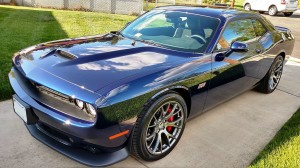 2008, 2009, 2010, 2011, 2012, 2013, 2014, 2015, 2016, 2017, 2018, 2019, 2020 Dodge Challenger
2008, 2009, 2010, 2011, 2012, 2013, 2014, 2015, 2016, 2017, 2018, 2019, 2020 Dodge Challenger
Guaranteed 3 across installations:
Clek Fllo (x3).
Clek Foonf (x3).
Diono Radian RXT (x3).
Diono Radian R120 (x3).
Diono Radian R100 (x3).
Chicco KeyFit 30 (x3).
Graco Size4Me 65 (x3).
Graco Head Wise 65 (x3).
Graco Fit4Me 65 (x3).
Graco Contender (x3).
Combi Coccoro (x3).
Chicco KeyFit 30, Diono Radian / RXT, Chicco KeyFit 30.
Tips and Tricks:
The 3rd generation Dodge Challenger is just under 198 inches long and just under 76 inches wide. On paper, that looks good. However, being a coupe, you’re going to struggle some whenever you try to get children into or out of that back seat, never mind car seats themselves.
The biggest issue is likely to be front-to-back room. Being a coupe, priority is naturally given to the front seats, which means you’re going to need to make sure that your rear-facing seats don’t take up too much room. You’ll want to consider the convertible car seat leg room comparison guide for convertible seats if you’ve got an exotic seat in mind.
Besides that, however, you won’t have any particularly unique issues besides those inherent to a coupe design. You’ve got LATCH anchors available, but use the seat belts to get more room. Try not to bump your head (or those of your offspring) while inserting or removing seats or children.
 If you find my information on best practices in car and car seat safety helpful, you can buy my books here or do your shopping through this Amazon link. Canadians can shop here for Canadian purchases. Have a question or want to discuss best practices? Send me an email at carcrashdetective [at] gmail [dot] com.
If you find my information on best practices in car and car seat safety helpful, you can buy my books here or do your shopping through this Amazon link. Canadians can shop here for Canadian purchases. Have a question or want to discuss best practices? Send me an email at carcrashdetective [at] gmail [dot] com.

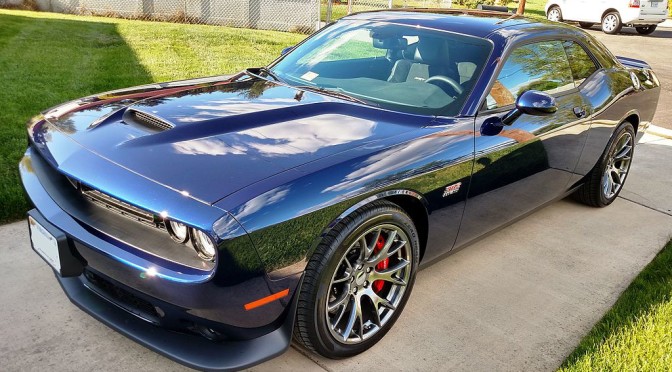
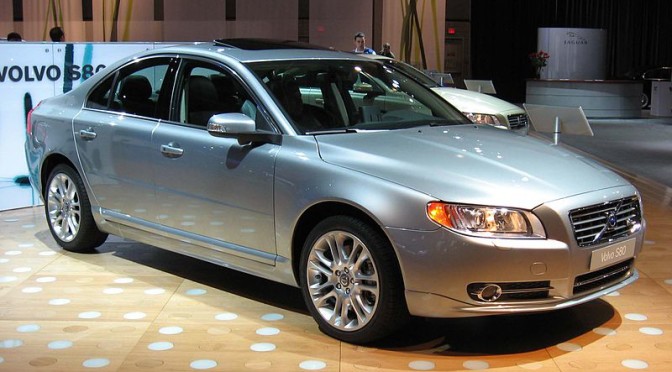
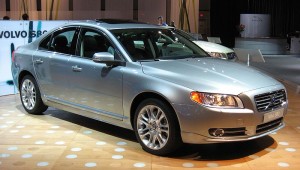 2007, 2008, 2009, 2010, 2011, 2012, 2013, 2014, 2015, 2016 Volvo S80
2007, 2008, 2009, 2010, 2011, 2012, 2013, 2014, 2015, 2016 Volvo S80
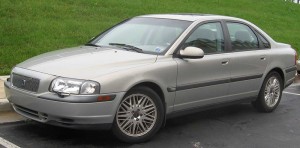 1999, 2000, 2001, 2002, 2003, 2004, 2005, 2006 Volvo S80
1999, 2000, 2001, 2002, 2003, 2004, 2005, 2006 Volvo S80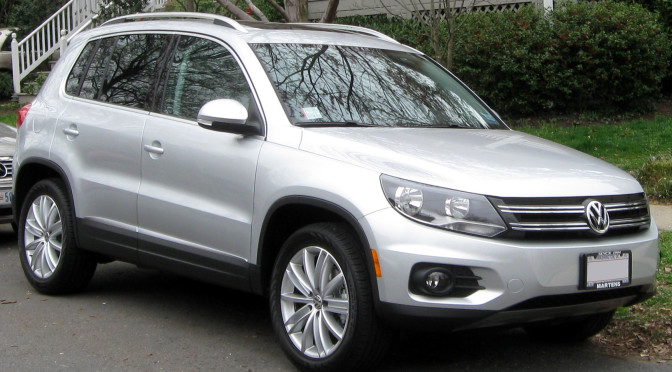
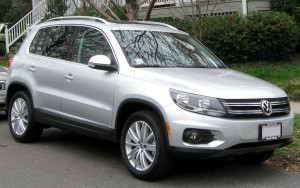 2009, 2010, 2011, 2012, 2013, 2014, 2015, 2016, 2017 Volkswagen Tiguan (2C)
2009, 2010, 2011, 2012, 2013, 2014, 2015, 2016, 2017 Volkswagen Tiguan (2C)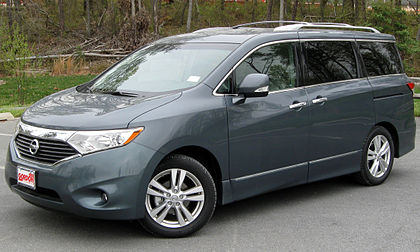
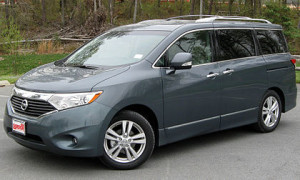 2011, 2012, 2013, 2014, 2015, 2016, 2017 Nissan Quest (RE52)
2011, 2012, 2013, 2014, 2015, 2016, 2017 Nissan Quest (RE52)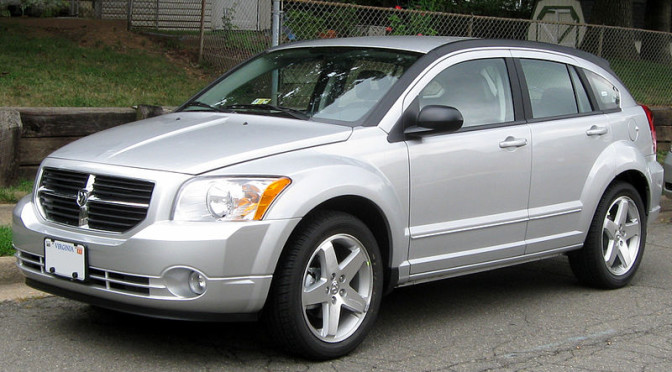
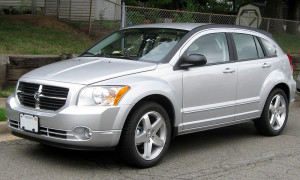 2007, 2008, 2009, 2010, 2011, 2012 Dodge Caliber
2007, 2008, 2009, 2010, 2011, 2012 Dodge Caliber